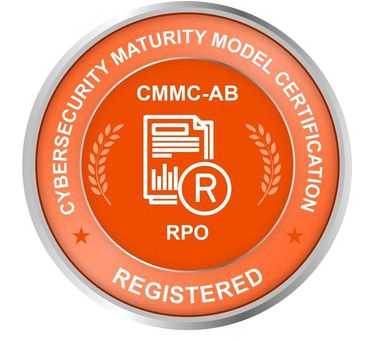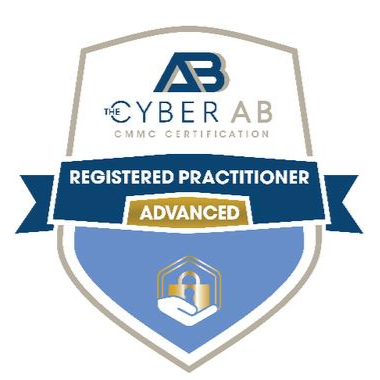Are you planning to include your IT needs in your annual budget this year? If so, congratulations! You are doing something incredible to ensure your small business’ success. Budgeting for your business can be tricky and technology budgeting is no different. On the one hand, you want to be ready for anything, but you also do not want to overspend and waste valuable resources. It is a delicate balance that many fail to achieve.
Below are some of the most common technology budgeting mistakes you should avoid. Keeping these in mind while you put together a budget will help reduce some of the confusion when it comes to planning.
Watch out for these mistakes
By avoiding these mistakes, you can ensure you are making the best use of your resources and getting the most bang for your buck.
Mistake #1: The cheapest option is always the best
In this modern digitized era, technology should not be an afterthought, every business relies on technology in some form. From maintaining client data to creating new products, the business world is only becoming more digital. Which is why Investing in high-quality technology can significantly improve your bottom line. Streamlining workflows, increasing employee productivity, and improving customer satisfaction are all excellent reasons to invest in quality technology.
Just as you would not attempt to run a marathon with inadequate preparation, you should not try to run your business with subpar technology. Invest in high-quality technology and watch the difference it makes in your business.
Mistake #2: Last year’s IT budget will work for this year
As technology and cybersecurity threats evolve and advance, businesses need to stay up-to-date to succeed. This can be challenging because budgets are often tight, and it can be hard to justify spending on new technology when old systems are still operational.
You can overcome this barrier by conducting technology assessments to identify friction points and areas where upgrading to a new system or platform could improve business outcomes. This information can help make a case for the necessary expenditure to stay relevant and improve your company’s long-term success.
Mistake #3: One person can handle all my IT needs
Even an IT genius needs the occasional vacation or day off. Augmenting internal resources with an IT service provider can help bridge gaps and give relief to your internal resources.
The Managed Service Provider can help take on some of the day-to-day tasks and responsibilities. This can help improve job satisfaction and employee retention since your team members will feel appreciated and empowered to take time off, when necessary, without jeopardizing your company’s IT infrastructure.
Another crucial factor is that a Managed Service Provider can help you in areas where the internal IT team does not have adequate bandwidth to cover or in which they do not excel.
Mistake #4: Thinking short-term
Always keep your overall business objectives in mind when budgeting for IT needs. Purchasing solutions that cannot grow with you is wasteful. You will end up spending more money overall. You can avoid roadblocks and extra costs by planning as much as possible.
Partner for success
Partnering with a Managed Service Provider can be an excellent strategy for IT budgeting. Working with a service provider allows you to understand your IT needs and the cost to meet them. A specialized Managed Service Provider, like Summit, can also help you stay within your budget by providing cost-effective solutions that meet your specific needs.
Want to learn more about budgeting for IT needs? Contact Us to discuss how bringing a Managed Service Provider like Summit can help with not only budgeting but also with your day-to-day IT needs, and everything in between.










